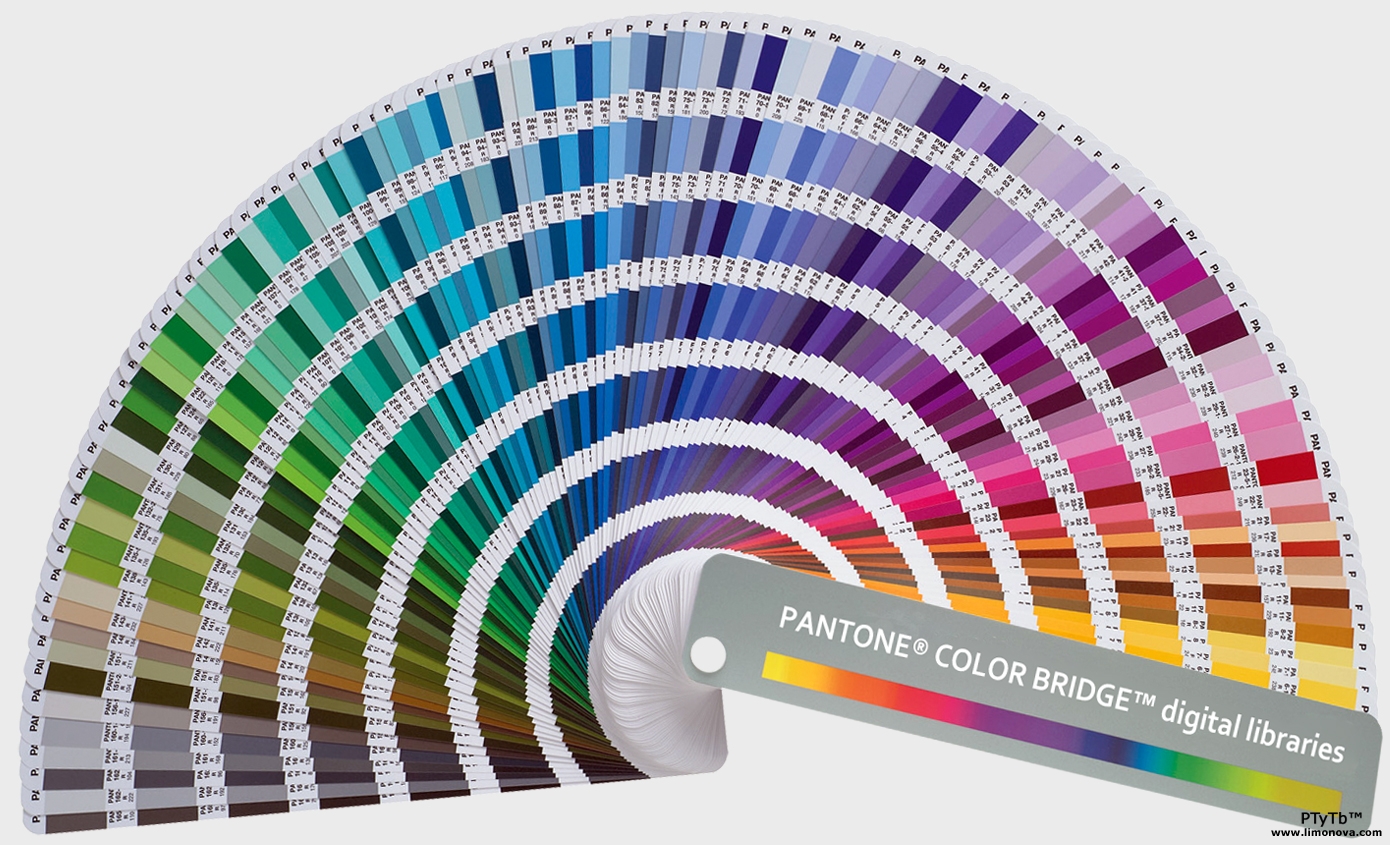Printing Success! Tips for the 2018 WGI Season
Printing Success! Tips for the 2018 WGI Season
Here are a couple of tips to help you through the process of getting your floors, flags, and props printed for the upcoming 2018 WGI Season.

As the WGI season quickly approaches, the time of the year for getting your uniforms, flags, and props ready is in FULL swing. Here are a few helpful tips to make sure that process goes a lot smoother for you and for the printer who is producing the items for your show.
Get Permission!
One of the most overlooked elements when selecting artwork to use for your digital printing is whether or not you have permission. Just because you can grab the image from the Google search you performed, that does NOT mean you have permission to use it -- even if it's absolutely the perfect piece of art. Many printers have access to stock image libraries such as Shutterstock. If you really want to use a particular image, contact the artist directly from wherever you found it.
Understand Basic File Types and Specifications
Do a little bit of research when it comes to file types and get an understanding of how file sizes work. Most printers will have a guideline of print-ready art. If you hire a graphic designer, they should understand how the different files work. Being knowledgable about files such as JPG, PNG, AI, PSD, or PDF that are printing industry standards would only help you as a director. Also, understanding settings like a file's DPI and/or resolution are just as critical as the art itself. Follow your printer's guidelines exactly to ensure the best possible outcome.
Working with a Graphic Designer
Finding a good working relationship with a graphic designer is like finding a good drill writer. It's important for the designer to be able to bring your ideas to life and take constructive criticism. There needs to be a balance between making it about his or her personal artwork and not letting the director wander down a path to printing failure. An effective designer will always be open to corrections and feedback but will also know when there are too many changes being requested by one client.
It Looks Different Than My Screen
The most common issue is when the art is printed and the material looks different than it does on the screen. Understand that no matter what you do as a graphic designer, a printed file will inherently look darker than the screen because of the light source. Your screen is emitting light directly toward your eyes, creating a more vibrant coloring. When you look at a printed floor or flag, the source of color is light reflecting off the material and ink. So your eyes are seeing reflections of color. And because some of light is naturally being absorbed by the colors of the material, the amount of light going back into your eyes is reduced. This will make the printed product seem less vibrant. It is a fundamental difference that every printer across every industry deals with, and that's why pantone color books are used in printing. So when Coca-Cola says to hit a certain red, it uses pantone color books rather than trying to match colors on a computer screen.

Give Yourself Time
This is probably the most underestimated and important part of this process. Give yourself, the designer, the printer, and shipping plenty of time. Create a timeline of when you would like to have things in your hands and work backwards. Let's take a digital floor as an example. Start with a date you'd like to have your floor in hand, then contact the printer you're going to use and get it to outline its estimated production timetable. Do the same with your graphic designer. Keep working backwards from that original date. That way you know when you need to have art completed, submitted, paid, delivered, etc. This will ultimately relieve stress for you, the designer, and the printers.
Managing Problems
Something will always come up. Whether it's getting a PO, artwork, re-prints, or shipping. There are so many opportunities for something to slip through the cracks that can derail a project. But having clear lines of effective communication and having enough time built into the process from the beginning are the two easiest ways to prepare for hiccups.
Join The Conversation On Social
•Follow us on Twitter @FloMarching
•Follow us on Instagram @FloMarching
•Follow us on
FloMarching's hottest content, delivered to your inbox
Don't miss breaking news, feature stories, event updates, and more. Sign up for the FloMarching mailing list today.